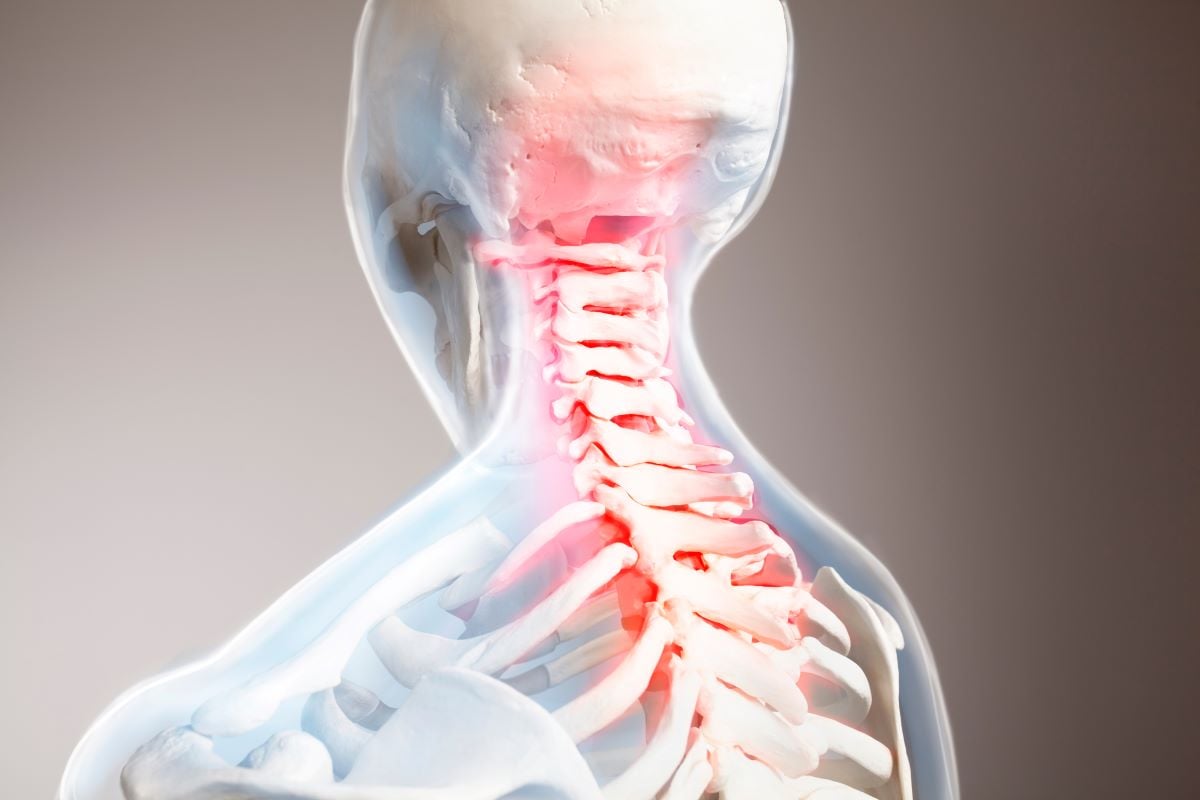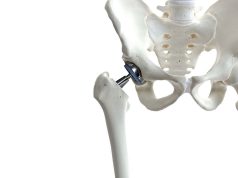Posterior surgery noninferior with respect to success rate and reduction in arm pain at two years
By Elana Gotkine HealthDay Reporter
MONDAY, Aug. 12, 2024 (HealthDay News) — For patients with cervical radiculopathy, posterior surgery is noninferior to anterior surgery with respect to success rate and reduction in arm pain, according to a study published online July 24 in the Journal of Bone & Joint Surgery.
Nadia F. Simões de Souza, M.D., from the University of Groningen in the Netherlands, and colleagues conducted a multicenter, noninferiority trial involving patients with single-level cervical radiculopathy in nine Dutch hospitals with two-year follow-up duration. A total of 265 patients were randomly assigned: 132 and 133 to the posterior surgery group (posterior cervical foraminotomy) and anterior surgery group (anterior discectomy with fusion), respectively. Primary outcome data were available for 236 of the 243 patients who underwent the allocated intervention.
The researchers found that the predicted proportions of a successful outcome were 0.81 and 0.74 after posterior and anterior surgery, respectively (difference in rate, −0.06 [one-sided 95 percent confidence interval, −0.02]), indicating noninferiority of the posterior group. The difference in arm pain between the groups was −2.7 (one-sided 95 percent confidence interval, 7.4), and the between-group difference in the decrease in arm pain was 1.5 (one-sided 95 percent confidence interval, 8.2), confirming noninferiority. Small between-group differences were seen in secondary outcomes. Overall, 8 and 9 percent of patients who underwent posterior and anterior surgery, respectively, had serious surgery-related adverse events (difference, −0.02; two-sided 95 percent confidence interval, −0.09 to 0.05).
“Our findings provide level-I evidence that posterior surgery is noninferior to anterior surgery with regard to the clinical outcome, with follow-up of two years,” the authors write.
Several authors disclosed ties to the pharmaceutical and medical device industries.
Copyright © 2024 HealthDay. All rights reserved.








